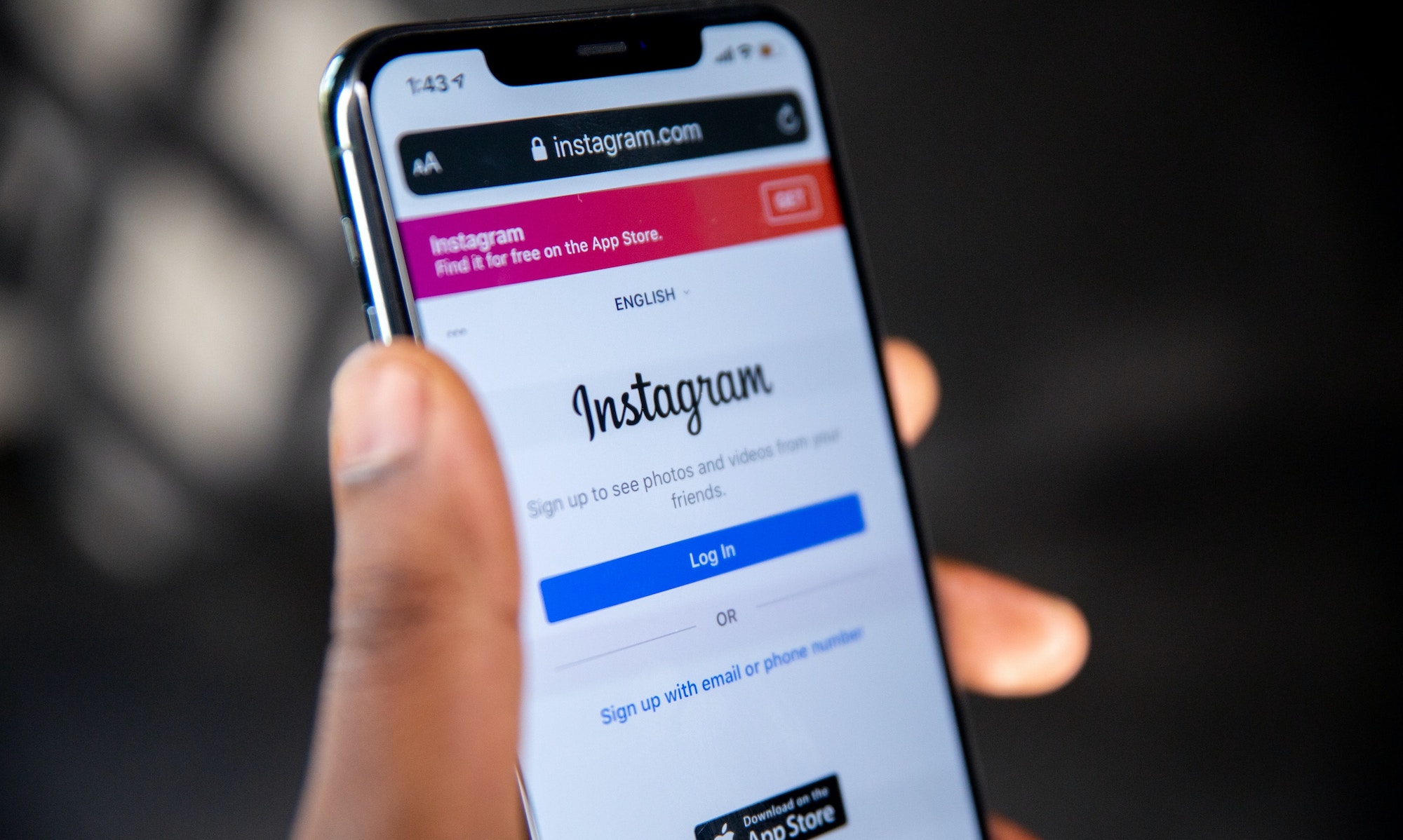Short-form video: How influencers are tackling ever-decreasing attention spans

Listen to this article:
The average attention span is shrinking. In fact, a recent Microsoft study found that our attention span is down to about eight seconds or less. This extends to attention spans while browsing the web. And in the creator economy, those eight seconds are precious currency.
There’s no doubt that in recent years, short-form video has either created this trend or capitalized on it. And it’s officially a trend creators can’t afford to ignore.
Why short-form video is the battleground for 2023 marketers
Short-form video has quickly become the “best friend” of the online creator. That’s why two of the top creator platforms—TikTok and YouTube—have made it such a point of emphasis. TikTok grew up on the power of short-form videos, and YouTube hasn’t been very far behind.
In fact, YouTube Shorts are still evolving, with revenue sharing set to kick in for creators in February.
But what is a short-form video, strictly speaking? Definitions vary. Google might call it a video nine minutes long or shorter. HubSpot’s definition is a bit more familiar: videos under sixty seconds.
There’s nothing inherently magical about a video that’s less than sixty seconds long. Yet short-form video has become the battleground for creators in 2023 for a few reasons:
- For starters, Internet users are often twice as likely to share short-form videos than long-form.
- TikTok’s massive rise in popularity has changed audience preferences. After all, you don’t get 740 million new users in 2021 alone without setting a trend or two.
- Short videos are great for embracing trendy content—think dances, songs, challenges, and memes. And 63% of marketers say trendy videos related to news stories and powerful cultural moments generate the most engagement.
In this context, it doesn’t matter if the chicken or the egg came first. The trend is here, and it’s quickly becoming the most powerful way for creators to reach their audience.
The writing was on the wall as early as July 13, 2021—the date YouTube rolled out its Shorts feature. That move was an obvious counter-punch to TikTok. And given YouTube’s popularity and its upcoming revenue-sharing features, it’s the most significant threat to TikTok since the platform showed up on the scene.
As Cody Wittick notes, short-form video marketing is one of the top trends for marketers going into 2023. Given how much YouTube invests in it, that may seem less a prediction than an acknowledgment of how much has changed.
The Age of the YouTube Attention Span
There’s still the elephant in the room: bite-sized videos were always going to be a natural consequence of the smartphone.
Though YouTube might feel late to the short-form video party, it’s also one of the reasons we got here. YouTube is notorious for an algorithm that pleases its audience with on-point recommendations.Its neural network algorithm even represents one of the largest scale and most sophisticated industrial recommendation systems in existence, according to one report.
Part of that algorithm has always been hooking a YouTube visitor’s interest in the first ten seconds. Experienced creators will even start hour-long podcasts with a quick “hit” before the introduction.
YouTube’s more recent “segments” feature—dividing the long-form video into easy-to-browse chapters—also adds to digestibility.
When YouTube shorts rolled out to mainstream audiences, the platform was already adept at pleasing its user base. It was only a matter of time before YouTube’s shorts alone became one of the serious threats to TikTok’s dominance.
In fact, it wasn’t long before 1.5 billion logged-in users watch[ed] YouTube Shorts a month, per the Wall Street Journal. As David Dweck, a senior VP of paid media at Wpromote LLC, told the Journal, active YouTube users have a low overlap with TikTok users. And YouTube’s audience tends to have a higher purchasing power.
That means TikTok and YouTube are duking it out on multiple fronts. Yes, creators who want to attract the currency of our preciously-small attention spans have to think about what types of videos they create. But now, YouTube Shorts have forced another decision. Creators have to think about who’s watching which short videos.
How Creators are Threading the Attention Needle in 2023
Quick, digestible content is the name of the game for creators. The challenge for creators—and to some extent, corporate brands—is finding a natural fit between what you sell and what you can publish to please the algorithms. Short-form video lends itself well to home cooking tips, self-care advice, and lifehacks.
If your typical content has been to release long-form webinars about the advantages of IRA investing, you might have to rethink things.
Fortunately, you’re free to get creative with your short-form content. You can succeed by identifying the short-friendly video content that extends from your niche.
Let’s take a DTC example: olive oil. Kendall Dickieson, head of social for Graza, helped develop its presence by identifying the short-form video content that made sense—even if it wasn’t always a hard pitch for buying their olive oil. In many cases, these videos spotlighted interesting ways to use the product in different contexts, making it more educational than salesy.

The key, says Dickieson, is knowing where TikTok and YouTube both excel. On YouTube, she says it’s better to focus on brand awareness rather than going for the immediate sale. And on TikTok, videos highlighting Graza products tend to perform better.
This suggests there’s still some headway to make for YouTube shorts as a brand-promotion vehicle. On Instagram Reels and TikTok, customers are used to product promotion. YouTube Shorts tends to focus more on entertainment and information.
Knowing these trends is integral for creators who are fighting on the battlefield of the short attention span.
For example, 42% of brands that created social media challenges found that the campaigns performed better than expected.
Other creators find success through rapid testing. One advantage of short-form video content is that it doesn’t always take long to produce. Creators experimenting with short-form videos to see what resonates best can quickly adapt their future content plans accordingly.
One example is Lizzy Capri, a creator with over six million subscribers on YouTube. She had success with this “only one sip” meme. So why not double down on what works and create some variations?
According to HootSuite, algorithms like YouTube’s currently work based on three factors:
- Personalization: If a viewer already likes content in your niche, there’s a higher chance YouTube will recommend your videos. There’s not much you can do about this one—except pick the kind of niche that will get the engagement you’re looking for.
- External factors: The overall audience or market for the type of content you create. For instance, if YouTube knows users are going to click on street food videos, then there’s a good chance you might get a boost if you post some of your own.
- Performance: This is where creators have the most direct control. Platforms like YouTube and TikTok will often launch your video with limited engagement at first. How the video performs—views, likes, and other engagement—then determines whether the platform will “level up” your content to a broader audience.
The latter is especially important. Rewarding videos for good performance by broadcasting them to more viewers reinforces viral content. In the age of the short attention span, the creators who perform the best are those who know this about the algorithm. They select high-concept ideas for their videos, they hook your attention in the first few seconds, and they deliver content people want to see. But more importantly, they deliver on that hook by creating content people want to share.
“Anyone can clickbait,” said notorious YouTube creator Mr. Beast. “But can you deliver on it? We say we put 100 million Orbeez in the backyard—we put a 100 million Orbeez in the backyard.”
Building “chicken and the egg” content in the world of ever-decreasing attention spans
You may have noticed that with YouTube shorts, a daily walk through the top videos has changed. In one instant, you’ll see a guru talking about a “billionaire’s mindset.” Next, a skincare hack that you have to use before you go to bed tonight. Finally, a Taco Tuesday recipe.
Before you know it, you’ve spent fifteen minutes on “short-form” videos. It’s not that our attention spans have gone down—it’s that our itch to browse has gotten that much more intense.
We don’t know if Internet browsing is causing this itch or merely scratching it. But in 2023, those creators who can master short-form videos and serve people with that itch are probably the ones who are going to win out.











.jpeg)









.jpg)
.jpg)
.jpg)
.png)



.png)






















































.jpg)


























